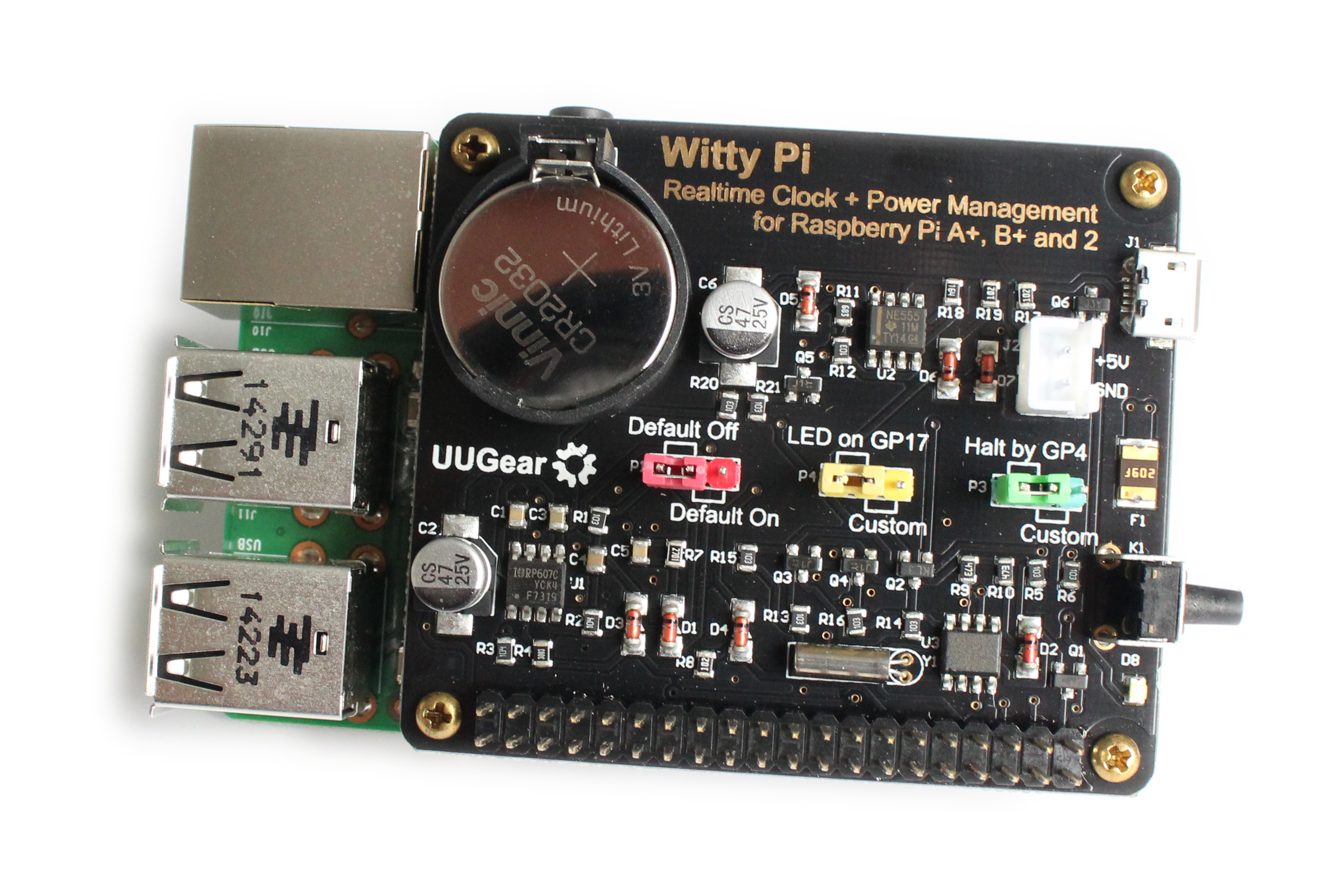How To Remotely Manage Raspberry Pi With RemoteIoT Platform - Guide
Is it truly possible to control the ubiquitous Raspberry Pi from anywhere in the world, unlocking its potential without physical proximity? Yes, the seamless integration of a Remote IoT Management Platform empowers users to manage their Raspberry Pi devices remotely, opening up possibilities previously limited by physical access. This transformative approach allows for efficient monitoring, configuration, and troubleshooting, regardless of geographical location.
The advent of the Internet of Things (IoT) has dramatically altered the landscape of technological innovation, pushing the boundaries of connectivity and control. At the heart of this revolution lies the Raspberry Pi, a marvel of compact computing that has captured the imaginations of hobbyists, educators, and professionals alike. Its affordability, versatility, and open-source nature have made it the go-to platform for a myriad of applications, from home automation and robotics to industrial monitoring and data collection. However, the true power of the Raspberry Pi is often realized when it can be accessed and controlled remotely. This is where the Remote IoT Management Platform steps in, providing the crucial link between the physical device and the user, irrespective of distance.
Imagine a scenario: You've deployed a Raspberry Pi to monitor environmental conditions in a remote field, or perhaps it's serving as the central hub for your home automation system while you are away on vacation. Without a remote management solution, you would be at the mercy of potential issues, forced to rely on physical presence for diagnosis and correction. This is a considerable impediment, especially when considering the dynamic nature of the digital world, where timely intervention can be critical. Remote IoT Management Platforms dismantle these obstacles by granting users comprehensive access to their Raspberry Pi devices, allowing for monitoring, management, and control from virtually any location with an internet connection.
This technological leap provides a number of important advantages. The primary one is increased efficiency. Technicians and administrators can monitor the performance of their Raspberry Pi devices, assess issues as they arise, and execute fixes without the cost and inconvenience of traveling to a location. It reduces downtime and ensures optimal performance of critical systems, whether it's a vital data-gathering system or a security camera setup. Furthermore, the platforms' centralized interfaces provide consolidated data visibility. This enables more informed decision-making, better resource allocation, and streamlined operations. The benefits extend beyond mere convenience; they represent a profound shift towards a more efficient, responsive, and economically sound methodology of managing Raspberry Pi deployments.
The specific capabilities of a Remote IoT Management Platform can vary, but the central features are generally consistent. Remote access, the cornerstone of any such system, allows users to securely connect to their Raspberry Pi devices through a web browser or a dedicated application. This connection allows users to monitor system resources like CPU usage, memory consumption, and network traffic. In addition, it allows the adjustment of network settings, such as IP address and DNS configurations. The ability to upload and execute code remotely is also vital. This allows for updates, bug fixes, and new feature deployments without the need for physical intervention. The platforms may offer features that make these processes easier, such as the automated scheduling of updates and the ability to deploy software to multiple devices at once.
Security is paramount, and a robust Remote IoT Management Platform will implement a number of security measures to protect the Raspberry Pi and the data it handles. These measures include encrypted communication channels, robust authentication mechanisms, and role-based access control, to ensure that only authorized users have access to sensitive information and functionality. Platforms must offer comprehensive logging and auditing capabilities, tracking user activity and system events to enable quick detection and response to security incidents. Regularly updated security patches and software updates are also crucial components of a well-maintained system, protecting against known vulnerabilities.
A major benefit is the ability to troubleshoot remotely. This can be invaluable. Instead of having to travel to the location of a faulty Raspberry Pi, users can utilize the remote management platform's tools to diagnose the issue. This might involve examining system logs, testing network connectivity, or running diagnostic scripts. Many platforms provide remote terminal access, giving users direct command-line control over their devices, for powerful troubleshooting options. By rapidly identifying and resolving problems, organizations minimize downtime and maintain the steady operation of critical systems.
The Remote IoT Management Platform also assists in the process of device configuration. This is especially important when configuring a fleet of Raspberry Pis, where the manual process of setting up each device can be a time-consuming task. The platforms facilitate the creation and deployment of standardized configurations, ensuring consistency across the Raspberry Pi devices and minimizing the potential for human error. Configuration management features often include the ability to remotely adjust the system settings, install software packages, and set up the necessary network connections. Furthermore, these platforms can facilitate the automation of repetitive configuration tasks, saving administrators time and effort.
Data collection and analysis is another key functionality. Many Remote IoT Management Platforms are integrated with data visualization tools, allowing users to monitor the performance of their Raspberry Pi devices in real-time, using charts and graphs. This data can be used to identify trends, detect anomalies, and make data-driven decisions. The platforms often provide the ability to store and export data for further analysis, supporting integration with other business intelligence systems.
Consider the applications. In the domain of agriculture, for example, Raspberry Pi devices are widely used to monitor soil moisture, temperature, and other environmental parameters. A Remote IoT Management Platform lets farmers monitor their fields from their office or on the go, enabling them to make informed decisions about irrigation and fertilization, ultimately improving crop yields and reducing resource waste. In the industrial sector, these platforms are used for remote machine monitoring and predictive maintenance. Raspberry Pi devices can collect data from industrial equipment, monitoring the performance of the equipment and identifying any potential issues before they develop into costly failures. Remote management capabilities are critical for minimizing downtime and maintaining productivity in a manufacturing environment. In the realm of smart homes, Raspberry Pi-based systems often serve as the central hub for controlling lights, appliances, and security systems. The ability to manage the home network remotely is essential for the convenience and security of the users, enabling remote monitoring, control, and problem-solving capabilities.
Choosing the right Remote IoT Management Platform is an important consideration. The selection process should consider several factors. The first is the platform's ease of use. The interface should be intuitive and user-friendly, with minimal training required. Robust security is a critical factor. Assess the platform's security measures, including encryption, authentication, and access controls. Another important consideration is the platform's feature set. Evaluate whether the platform supports the specific features and capabilities necessary for your use case. Consider the scalability and the support for multiple devices. The chosen platform should be able to handle your current number of Raspberry Pi devices, and accommodate future growth. The cost of the platform should also be considered, assessing the pricing model, and evaluating the value you receive for the price paid. And, lastly, the vendor's support and documentation should be assessed. This includes the availability of technical support, user manuals, and tutorials.
Several Remote IoT Management Platforms are available, each with its own unique features and pricing plans. Some are open-source and community-supported, others are commercial offerings that offer additional features and support. These platforms can have different features, such as remote terminal access, device monitoring, software deployment, and configuration management. Some popular options include balenaCloud, which focuses on containerization and application deployment, and Cayenne, a drag-and-drop IoT platform that simplifies the management of Raspberry Pi devices. Choosing the best platform will depend on the specific needs and technical expertise of the user. Before making a selection, carefully research and compare the features, pricing, and user reviews of the various platforms available.
The future of remote Raspberry Pi management looks bright. The ongoing development of these platforms is centered on several trends. One key area of focus is the advancement of edge computing, moving processing closer to the source of data. The development of new capabilities like machine learning is being integrated into the Raspberry Pi, and these platforms will be crucial in managing and deploying these new applications remotely. Another trend is the ongoing improvement of security measures, as the threat landscape evolves, and platforms must incorporate security best practices. We also see a greater focus on automated management features, such as zero-touch provisioning and automated updates, making the overall management process even more efficient. Finally, there is an ongoing push for greater interoperability, with platforms supporting a wider range of devices and protocols. The evolution of these platforms will be essential to making the Raspberry Pi even more useful.
In conclusion, the "management of Raspberry Pi remotely with Remote IoT Management Platforms" is no longer a future concept; it is a proven reality. By providing secure, reliable, and efficient remote access to Raspberry Pi devices, these platforms empower users to unlock the full potential of these devices, leading to greater efficiency, improved decision-making, and expanded opportunities for innovation. The future of remote Raspberry Pi management is one of constant evolution, with platforms constantly adapting to the changing demands of the IoT world.


